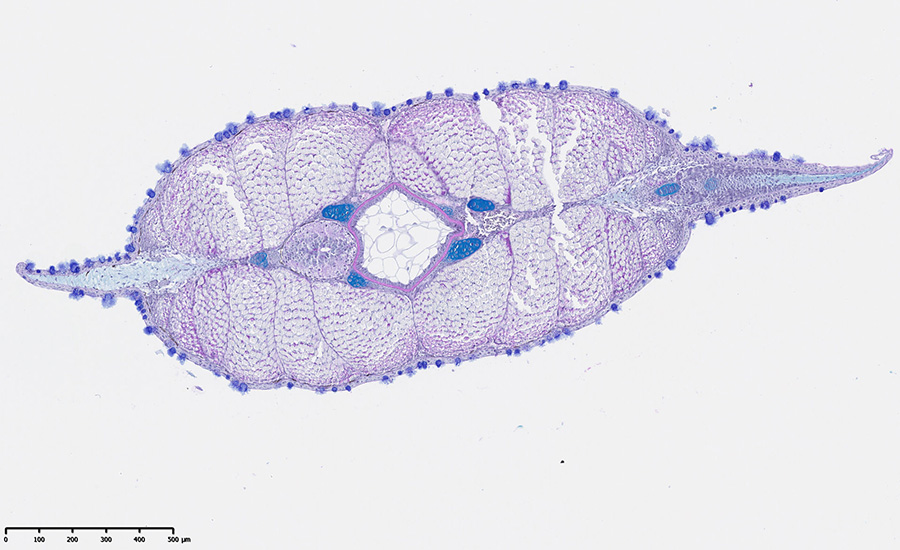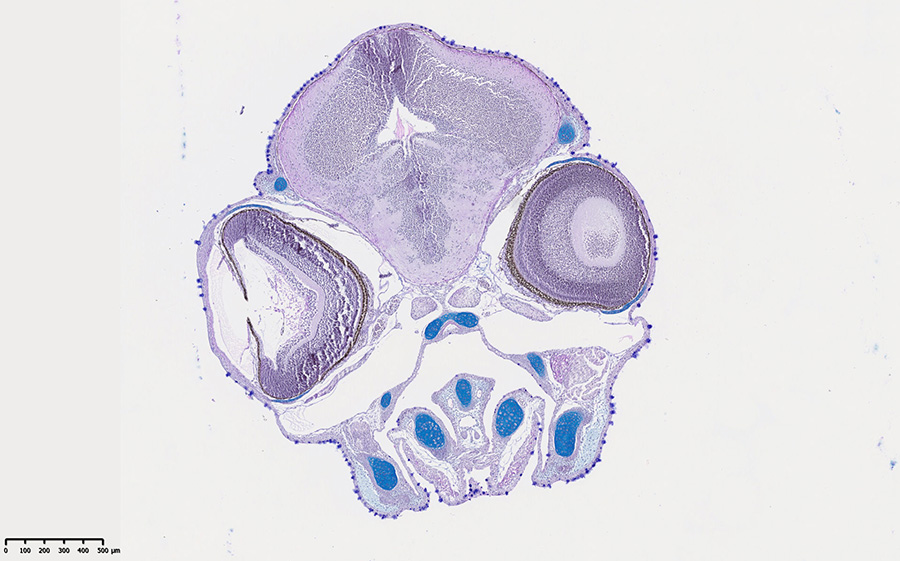Research - MicroMucus
Research
– MicroMucus

We have established a germ-free model for yolk-sac salmon fry, allowing for examining well-defined, controlled microbial conditions. The yok-sac stage is relatively long for Atlantic salmon and can be kept germfree without external feeding for around 10 to 12 weeks. Moreover, salmon is relatively large at hatching, making this a convenient model organism. We are investigating the effects of various microbial conditions on the skin mucosal barrier at several levels:
- At the molecular level, using ultra-sensitive force probe (Atomic Force Microscopy; AFM) to study adhesion properties and bacteria-mucins interactions.
- Mucus barrier properties (mechanical, interactive, immunological) using micro-rheology (Multiple Particle Tracking), AFM, and gene expression analysis of immune factors.
- Finally, we will also test the barrier function by introducing fish pathogens to fry and mucus.
A new approach in this project is to study intact natural mucosal surfaces by these high-resolution techniques.
- Adhesion of specific bacterial strains to intact skin mucosa
- Properties of the skin mucus using micro-rheology and microscopy techniques
- The early bacterial colonization of salmon yolk-sac fry

